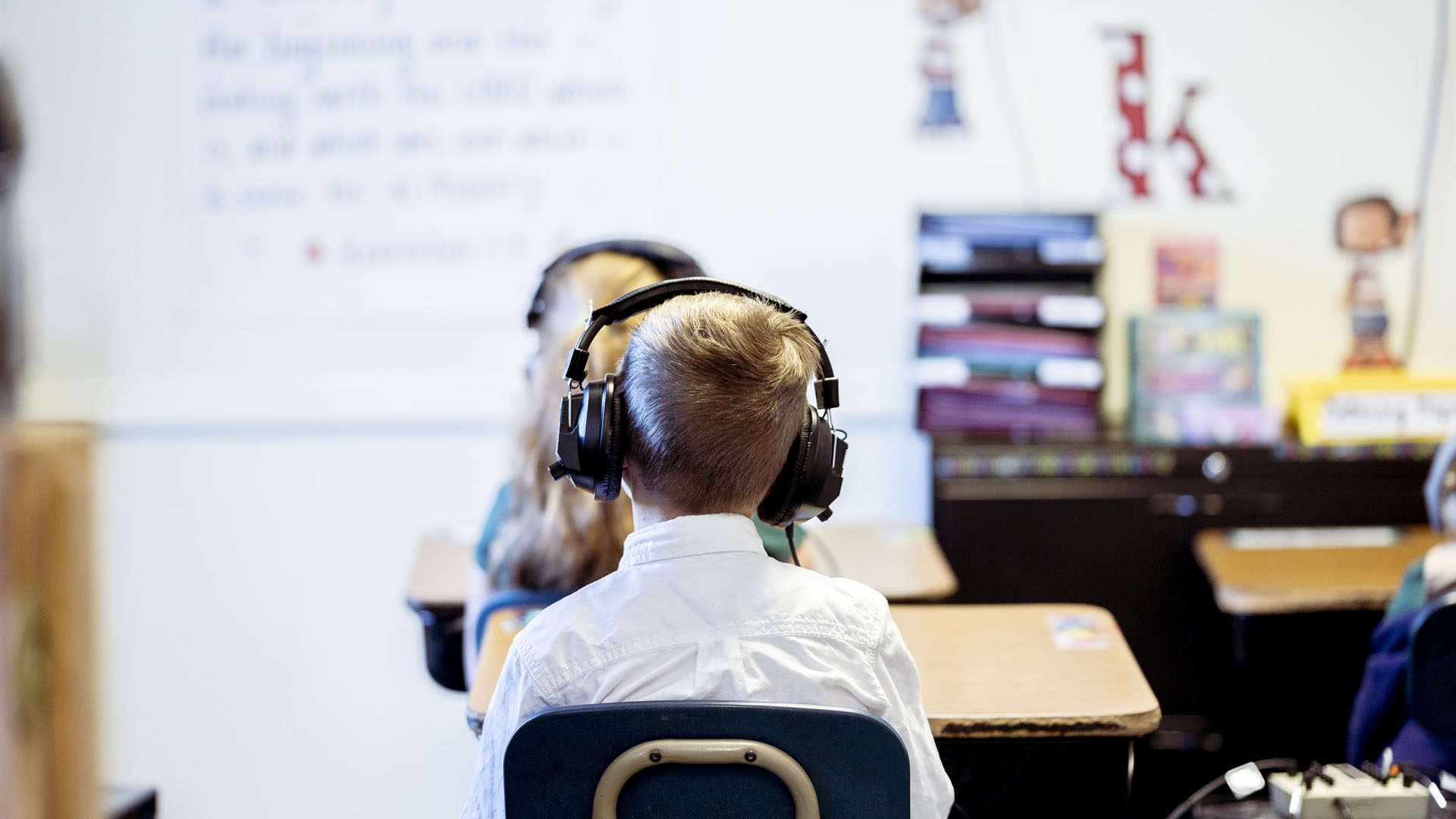What is it about labeling something, or someone that makes it less than it can be? We all know that words have power, and we have caught ourselves, at least once, believing something to be true, and then finding ourselves in a situation where we are actually making it happen. So how are we to interpret Kierkegaard’s observation? Let us use supplementary material as an example. We use this material to break the boredom but it could be much more.
There is no end to what we can bring into a classroom as supplementary material. This is our opportunity to assist students in discovering themselves, to equip them with the necessary tools they will need to face a future that is not yet visible to them and to help them create their own paths, not to limit themselves to choosing paths already created for them (May, 1983).
TEXT BY MARIA FOKAS
Supplementary material can aim to increasing students’ awareness of their “true selves” and
create pathways towards the pursuit of happiness. The choice of material does not have to be only to liven up the classroom or as a break from the course packs, but it could also bring some discovery into their inner world. It may help them begin to think outside the box. Tharp claims, that we must first be able to see the box for what it is; usually a limited version of the status quo (Tharp and Reiter 2003).
Furthermore, we can stimulate learners’ five senses by asking them questions which take them straight to their most precious experiences – take them to their happy moments – help them see those moments as more than just experiences; their answers could be blueprints of their inner needs. It could be a way for learners to embrace what vanishes boredom from their lives and the classroom (May 1983).
If we look at our students without seeing them, if we listen to them without hearing them, if we allow them to move from one activity to the next without creating opportunities to illuminate their inner awareness, we will have missed the chance of being anything more than a remote model in their lives (Gelb, 2004).
The discovery of being is an amazing aim and supplementary material can be the first step to unlock learners’ inner world. To survive the changing world that we observe as brush strokes on a white canvas, we can re-introduce creativity into the classroom - imagination versus knowledge – and discovering versus playing it safe; even a few minutes a week can make all the difference in how learners perceive themselves and others.
It is weirdly normal to trust that course books are all we need and it is weirdly normal to focus on what works and believe it can work every time, with every classroom. Sometimes the course book is all we can use when we are racing against time to complete material for exam purposes or to meet deadlines but the side effects of time limits and deadlines is that we might be only listening to only the very edge of what our students are telling us.
Finally, supplementary material can help learners discover themselves and strengthen their awareness of their potentials – helping learners take inward steps can put things into perspective for them. If they begin to belong to themselves and to their moral compass their need to belong to groups that are not always in their best interest, can decrease (May 1983).
The material I use when I step outside the course material:
Film trailers:
Students watch a trailer and guess the ending if they have not seen the film and, if they have they choose a scene to play in class.
Songs:
Students search for a song they like and, rewrite some of the lyrics adding vocabulary recently taught in class and a personal experience that they cherish.
Board games
I create a list of board games and choose one, which students bring to life by playing it in the classroom. The winning team gets to choose the next board game. It is a wonderful project where the whole class participates to complete the task and enjoy the game.
Presentations
Students get a list of important figures that have shaped the world and choose which one they would like to research for a PowerPoint presentation; an effective opportunity to get students to identify with the people they are presenting and continue with endless follow up work.
Let’s Think…Philosophical stories to stimulate thinking (Stephanie Baudet and Paul Cleghorn)
This is an engaging book to use with B1 and B2 learners. It was written for research on the importance of philosophy with children. The stories are filled with virtues focused on moral teachings about life. Some of the subjects of the stories are Patience, Happiness, Service and Myself. Students read the stories at home and then in class discuss parts they found relevant to them.
To all colleagues, I wish a productive school year with much discovery and many engaging surprises.
Resources
Gelb, M., 2004. How to think like Leonardo Da Vinci; Seven Steps to Genius Every day. London:Thorsons.
May, R., 1983. The discovery of being. 3rd ed. New York: Norton.
Tharp, T. and Reiter, M., 2003. The creative habit. 2nd ed. New York: Simon and Schuster.
